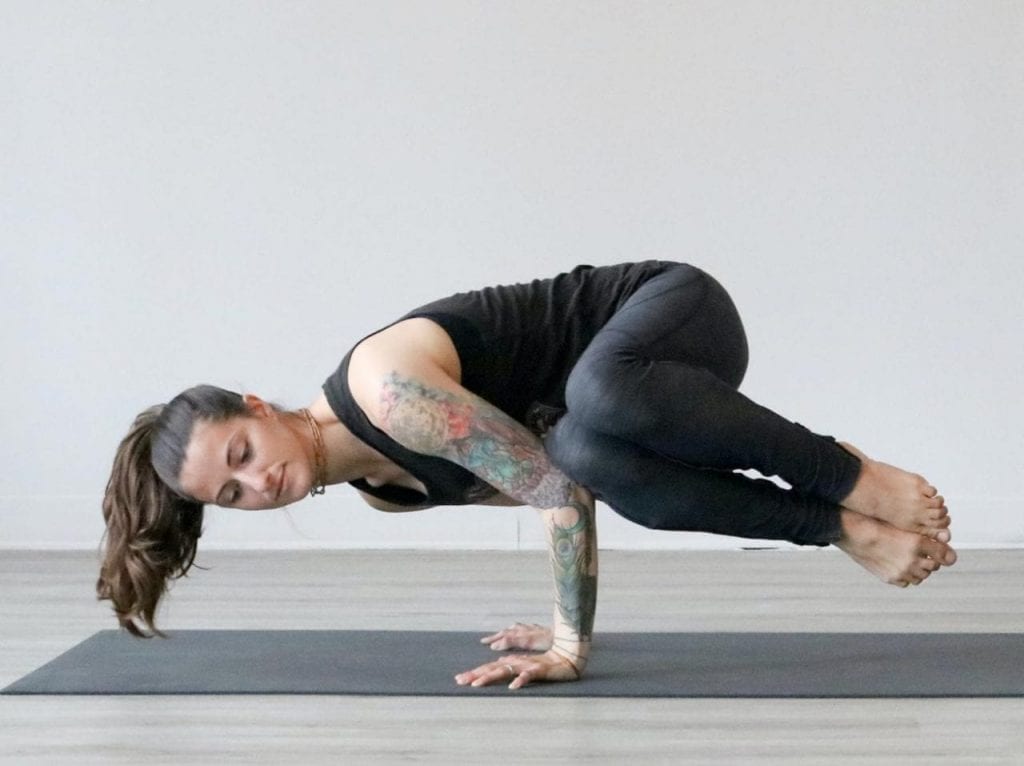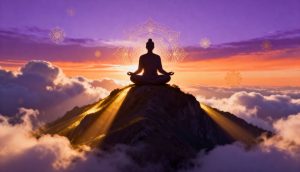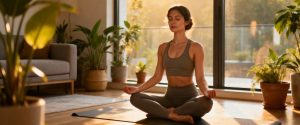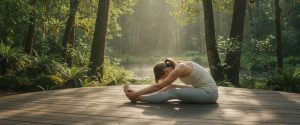The Iyengar yoga is the best style of yoga for beginners and even for those who practice yoga regularly but find that their joints have lost flexibility due to injuries or other medical reasons.
Allows the use of accessories, such as cushions, belts, and pillow-shaped blocks, to help achieve the correct postures without having to exert excessive effort.
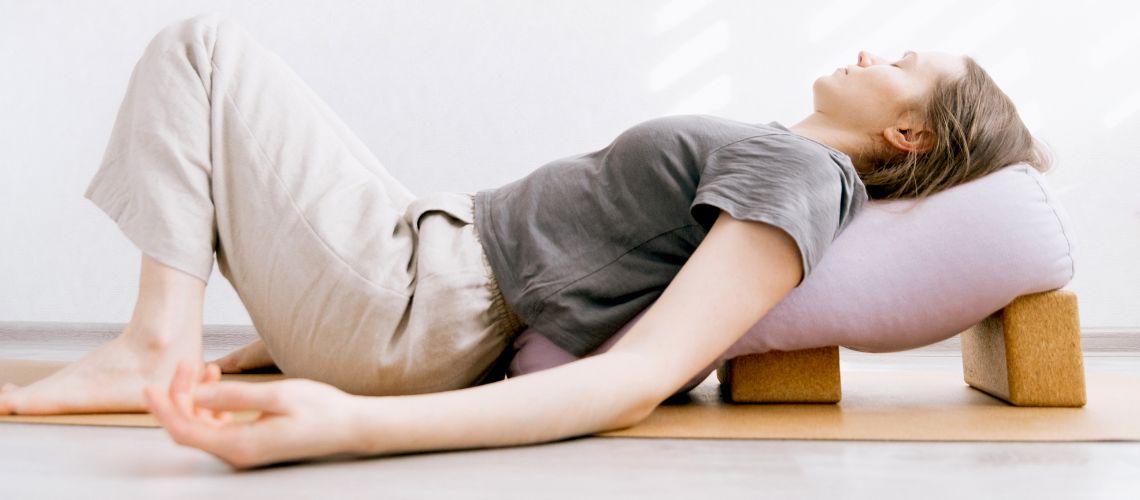
What is Iyengar yoga?
It is a style of yoga known for its focus on precision, postural alignment, and the use of props such as blocks, belts, blankets, and chairs to facilitate practice and adapt it to individual needs.
How did Iyengar yoga originate?
Yogacharya Shri B.K.S Iyengar was born on December 14, 1918, into a poor Brahmin family in Bellur, India. He was the eleventh of thirteen children and was born during a flu pandemic.
He was always sick. Over the years, he had malaria, tuberculosis, and typhoid fever. His limitations during school, due to his poor health, led this teenager to seek different paths to learn more about his body.
After recovering from tuberculosis, he decided to improve his health. He began learning yoga in 1936. At that time, his brother-in-law Krishnamacharya, who would be his guru, was teaching yoga in Mysore.
Iyengar was so rigid that when he bent to touch his toes, his fingers could only reach his knees. But his determination and hard work paid off. He was fully committed to yoga and was determined to understand and practice it or die trying.
He began his adventure of teaching yoga to improve physical fitness with individual classes. One of his students was the violinist Yehudi Menuhin, whom he met in 1952. Menuhin’s fame helped promote Iyengar yoga as a brand in the Western world.
https://www.youtube.com/watch?v=Fnt5OU5KSjk
He studied and taught yoga for approximately 75 years across all continents and made yoga accessible and effective for everyone. He is the man responsible for inventing most of the equipment used for this form of yoga.
What makes Iyengar unique?
The Iyengar Yoga stands out for being an inclusive practice, adapted to all levels and abilities. Here are the reasons that make it so special:
- Highly qualified teachers: The certified Iyengar Yoga instructors receive rigorous and extensive training. Thanks to their experience, they can guide students to understand their individual level and progress safely in each pose.
- Use of props: This style is characterized by using tools such as blocks, belts, and blankets to facilitate postures. They make this type of yoga accessible to anyone, regardless of their experience or physical limitations.
- Postural alignment and benefits: With a focus on precise alignment, Iyengar Yoga is ideal for addressing postural and structural issues. Additionally, concentrating on the details of each posture helps to reduce stress and anxiety.
- Conscious effort: Although it may seem slower than other styles of yoga, it requires conscious effort and deep work to achieve the expected level of precision in each pose. This intensifies both the physical and mental benefits.
- Total rejuvenation: The classes, with their revitalizing postures and methodical approach, leave you with a feeling of renewed energy and complete well-being.
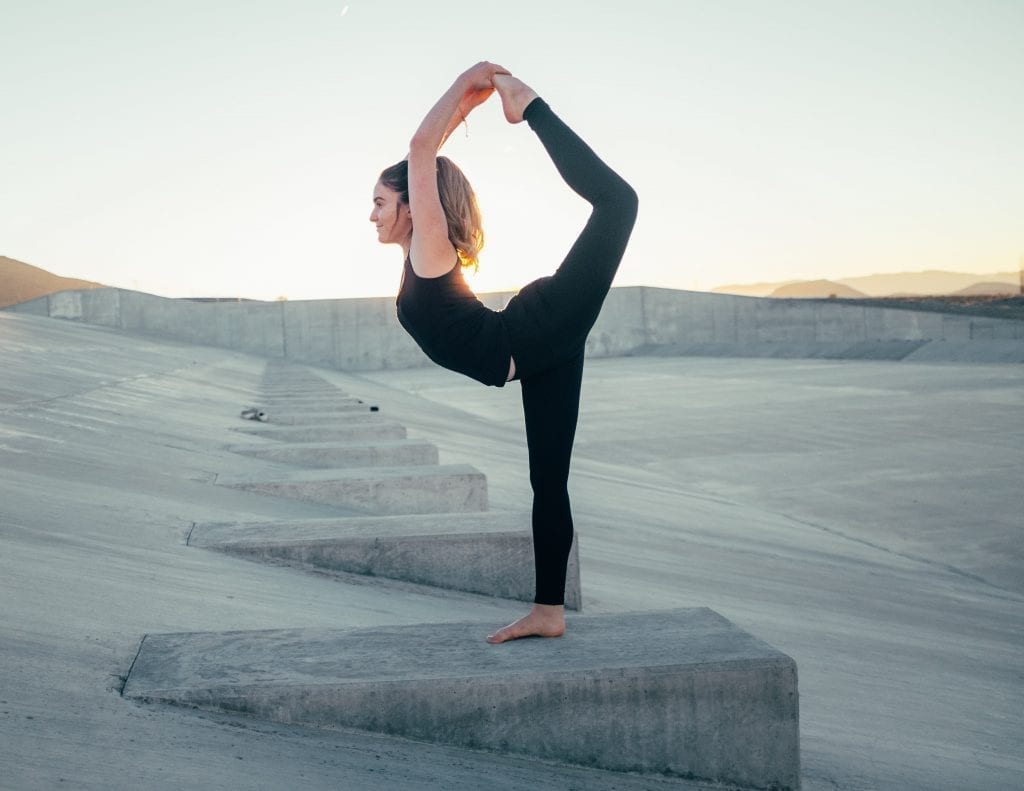
How to Use Accessories in the Iyengar Tradition
The use of props is one of the most distinctive aspects of Iyengar Yoga. These elements help achieve a correct alignment in the asanas (postures), making them more accessible and minimizing the risk of injury.
Example: Utthita Trikonasana (Triangle Pose)
In this position, the ideal is for the hand to touch the ground on the outside of the front foot. However, many people find it difficult to maintain the correct alignment while reaching the ground, especially when opening the chest and aligning the shoulders.
This is where props play a fundamental role. Following the Iyengar methodology:
1.Use of a block:
Place a block under your lower hand (usually the right) to elevate the support. This allows for maintaining the proper alignment of the chest and shoulders without straining the body.
2.Progressive alignment:
Over time, as the body opens and strengthens, you will be able to reduce the height of the block or even do without it, achieving the full posture without assistance.
The main purpose of accessories is not only to facilitate posture but also to ensure that practice is done in a safe and effective manner, respecting the individual capabilities of the practitioner. This fosters a more inclusive and injury-free practice.
This is an example in which the Iyengar method makes yoga more accessible to many more people.
Benefits and Contraindications of the Iyengar Method
Benefits of the Iyengar method
The benefits of Iyengar are physical, mental, and emotional due to its focus on precision and postural alignment. It improves strength, flexibility, and balance, correcting structural and postural issues. Its attention to detail reduces the risk of injury, making it safe for all ages and levels.
It promotes concentration and mindfulness, relieving stress and anxiety. Additionally, the use of accessories such as blocks and belts allows the practice to be adapted for individuals with physical limitations or mobility issues. It also has therapeutic effects, alleviating chronic pain, improving circulation, and strengthening stabilizing muscles.
Contraindications of the Iyengar method
Although inclusive, Iyengar Yoga requires caution. People with severe injuries or chronic illnesses should consult a doctor before practicing. Some poses may aggravate issues such as hernias or back injuries and need adaptations.
It is essential to practice under the supervision of a qualified instructor to avoid bad alignments and strains. Ignoring discomfort or practicing without guidance can increase the risk of injuries, even in this safe method.
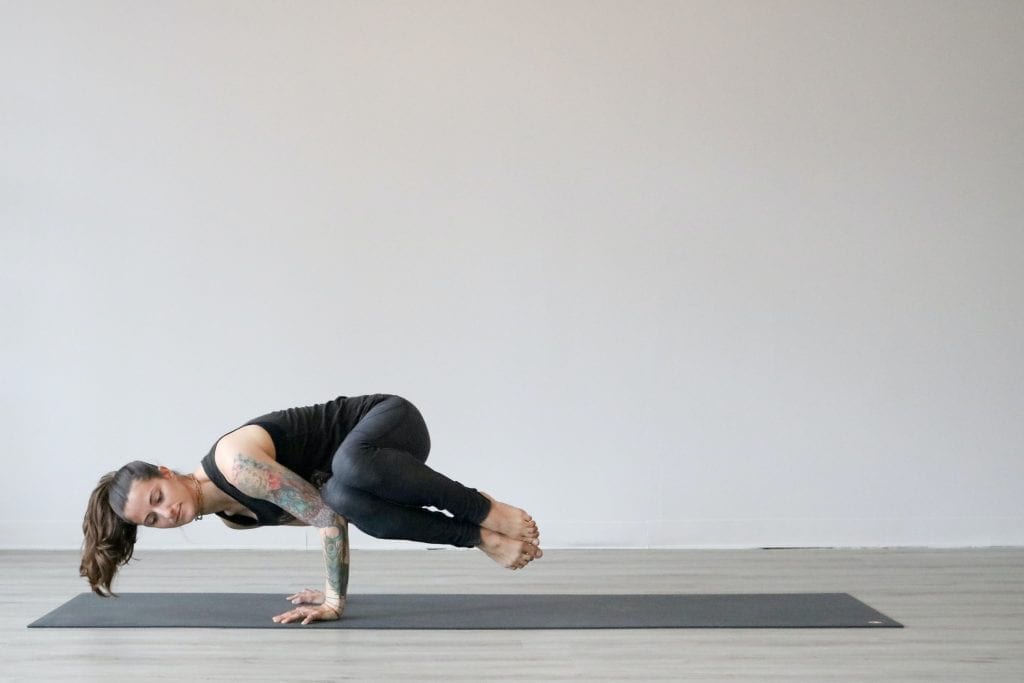
What to expect from an Iyengar yoga class
An Iyengar yoga class must physically exhaust you, stimulate your mind, and calm your spirit. The first step is to forget all your preconceived notions.
The opening of the chest has a strong impact on those who practice yoga for the first time. Iyengar yoga will teach you to perform it correctly and to appreciate its importance. It can become a very intense emotional experience as it provides you with a sense of empowerment.
Your starting point can be feeling the soles of your feet. You will slowly learn to balance your body by evenly distributing its weight over your feet.
From there, you will begin to strengthen your legs so that they are robust enough to lift and support your spine. You will learn to stand taller and relieve unnecessary tension from your back.
The asanas included in the practice vary from one class to another depending on the students’ skills. They generally include standing, seated, forward and backward bends, twists, inversions, and restorative poses.
The different asanas have different effects on the mind and body. Working with props is very characteristic of this style of yoga and allows the body to act and relax simultaneously.
The class will always end with Savasana where you will rest physically. The alignment should be appropriate and will be reviewed by the teachers to facilitate uniform relaxation.
Allow the senses to fade slowly, slowing the breath and calming the mind, allowing the unity of being, breath, and soul. This bond is called “yog” or union.
Experiencing this transformative power firsthand, reinforces and paves the way for a regular and consistent practice. Additionally, it leads to a greater sense of health and well-being.

Main postures of Iyengar yoga
We detail some of the most common yoga poses for this technique:
- Tadasana (Mountain Pose): Basic posture that improves body alignment, strengthens the legs, and promotes postural awareness.
- Utthita Trikonasana (Extended Triangle Pose): Stretches the sides of the body, strengthens the legs, and opens the chest.
- Virabhadrasana I and II (Warrior I and II Pose): Strong and balancing postures that strengthen the legs, open the hips and the chest.
- Adho Mukha Svanasana (Downward Facing Dog Pose): A complete stretch that relieves tension in the back, improves circulation, and strengthens arms and legs.
- Paschimottanasana (Seated Forward Bend): Stretches the back and hamstrings, relaxing the body and calming the mind.
- Sarvangasana (Shoulder Stand): Strengthens the spine, improves circulation, and calms the mind; known as the “queen of poses.”
Final note
Based on Hatha yoga, it is a type of yoga widely practiced around the world. This form of yoga focuses on alignment and teaches the correct method of each posture.
If the body is aligned with precision, then the breath will also align with that same precision. This will help to balance the mind, the senses, and the emotions.
As the approach focuses primarily on the qualities and needs of each person, the practice is highly therapeutic.
The teacher helps you focus on the nuances of each asana until the proper alignment is achieved. This makes it particularly recommended for postural and structural issues.
Whether you are a beginner or an experienced yogi, your practice will help you improve your health and enjoy a higher quality of life.
